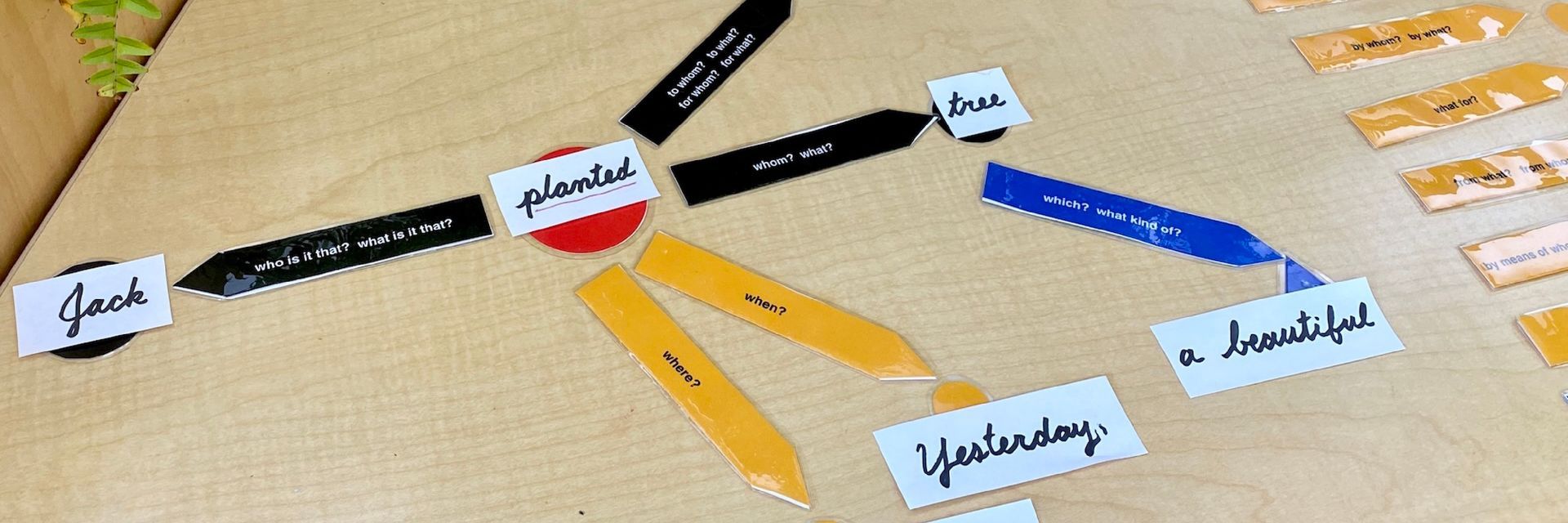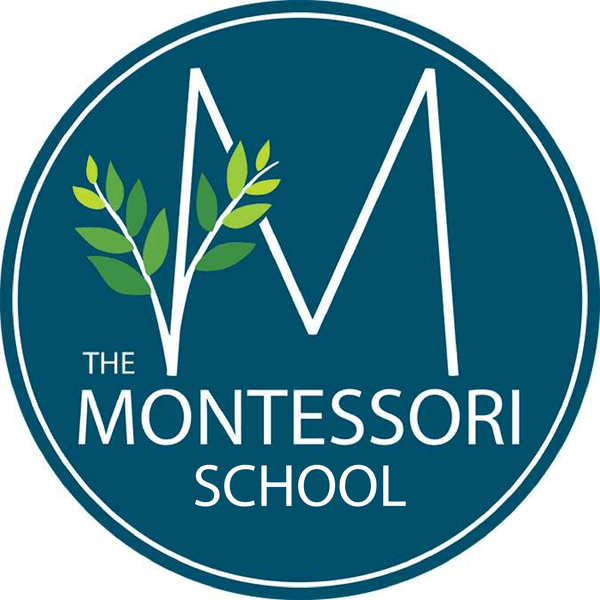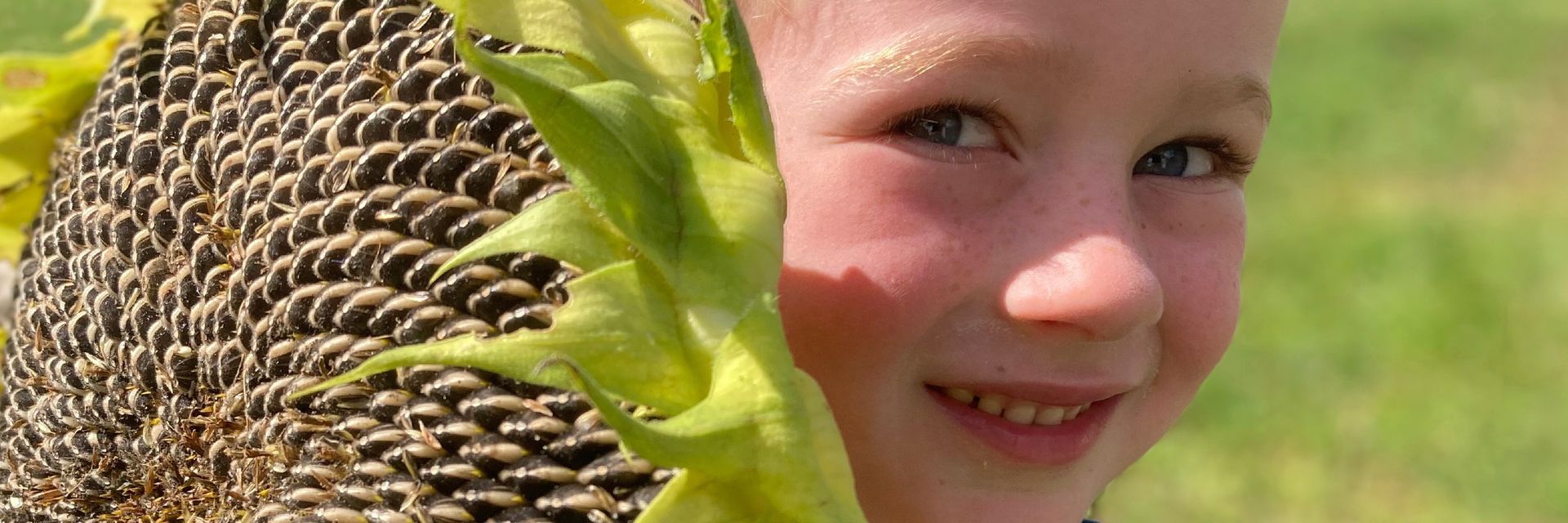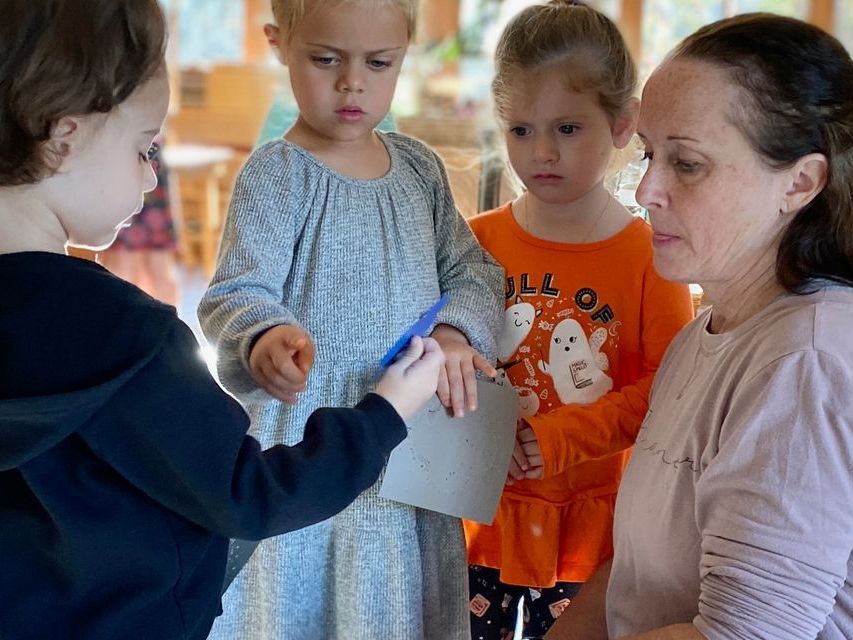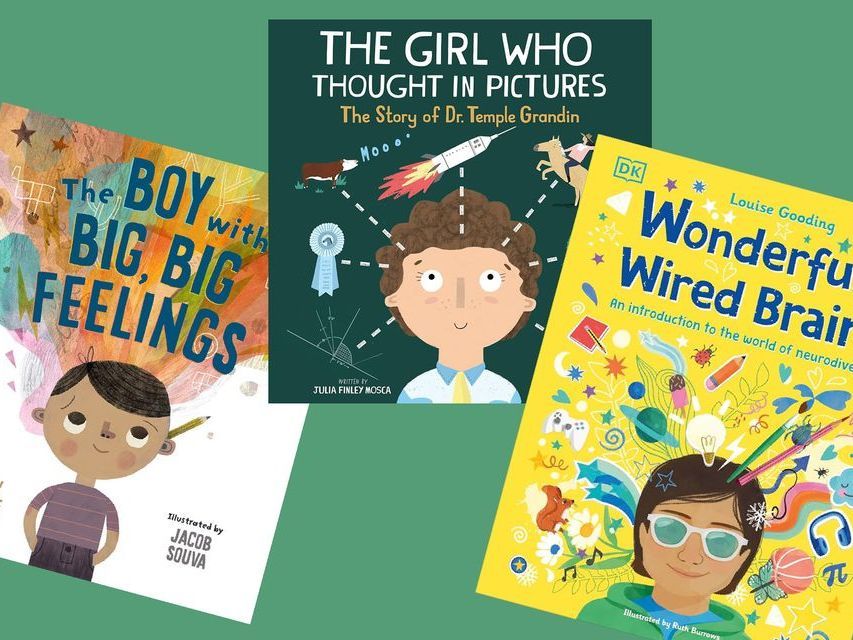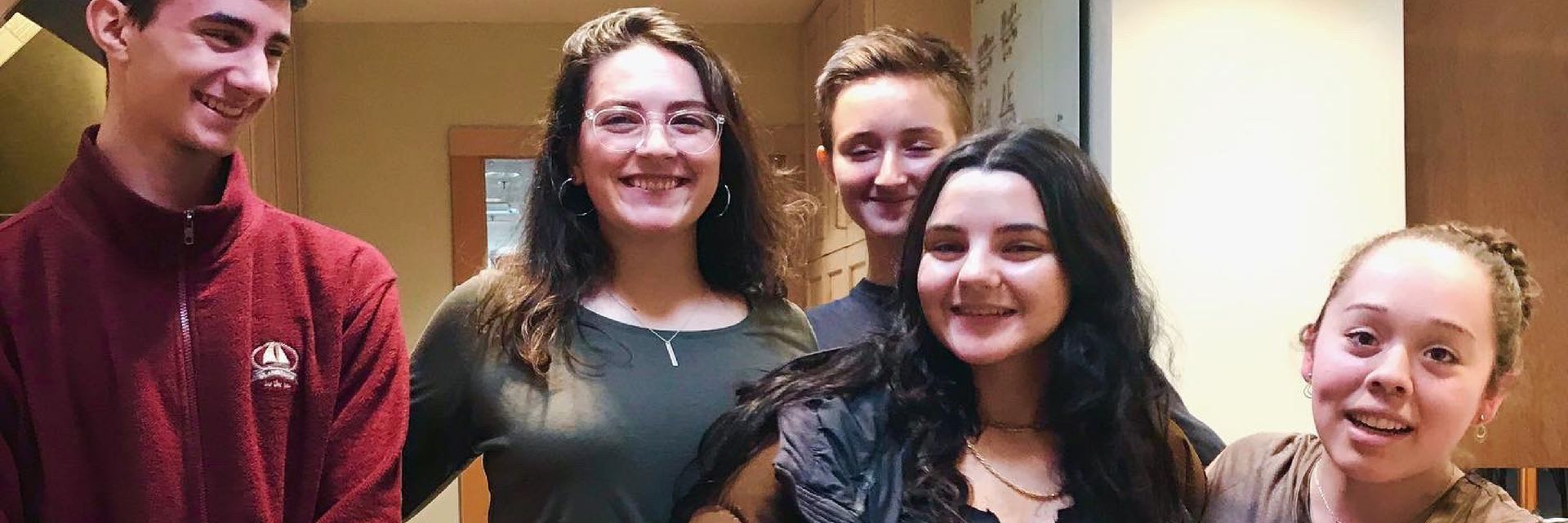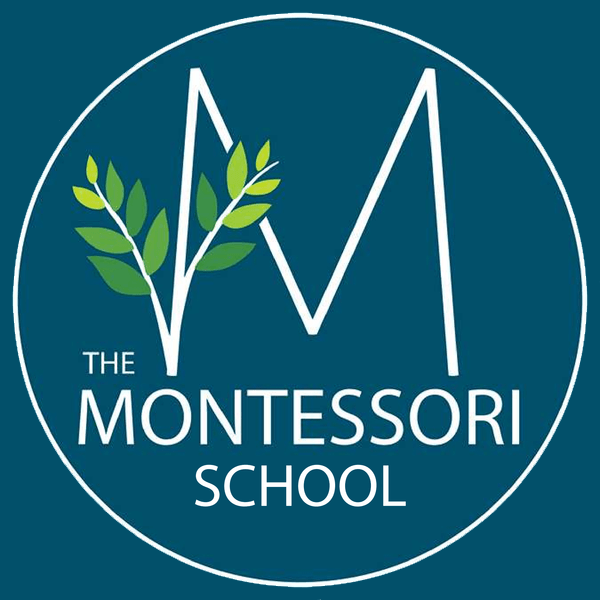John Newbery Award Winners
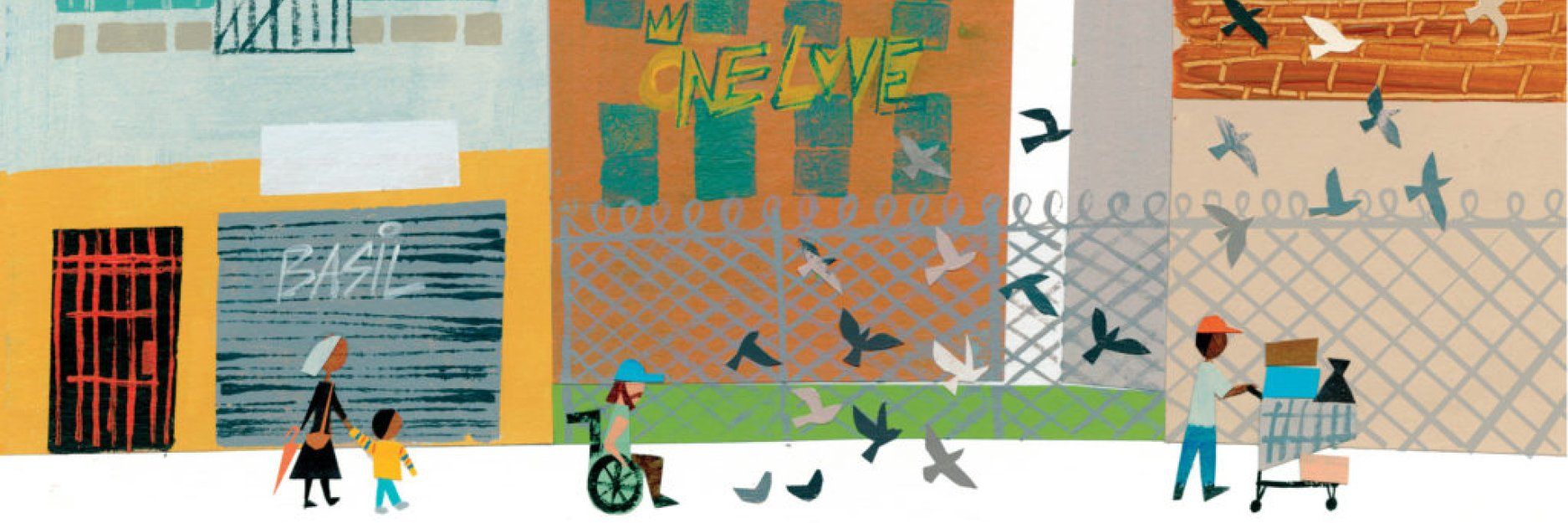
Last month we shared a list of each book that has won the Caldecott Medal over the past decade. Today we extend the appreciation of quality children’s literature by sharing a list of the most recent winners of the Newbery Award. Named after a 1700s British bookseller, this award recognizes the most distinguished contribution to children’s literature each year. While many of our book lists are targeted for younger children, this list has plenty for older elementary and adolescents. We hope you have a chance to explore some of these titles with your child!
2020: New Kid by Jerry Craft
Jordan is new at school, plus it’s middle school, which is hard enough! His mother has chosen a fancy private school, but Jordan has his heart set on art school. He is also keenly aware that there aren’t many people like him at the new school. Can he find a way to keep up with his love of art, and be a proud person of color in a world that seems so different? This graphic novel will appeal to all adolescents, as they struggle to define themselves during a period of life when fitting in feels so important.
2019: Merci Suárez Changes Gears by Meg Medina
Eleven-year-old Merci just started sixth grade. It’s her second year at a private school, where she and her brother attend with scholarships and Merci never quite feels like she fits in. There’s her mean “friend,” new classes, and uncomfortable assigned volunteer work. At home, where she lives next door to her grandparents in one house and her aunt and little twin cousins in another, she faces even more challenges. She feels like she’s expected to take on too much responsibility, and her beloved grandfather has been acting strangely lately, making her worried about him. This amazing novel deals not only with the types of challenges all children face as they begin to get older, but also tackles the difficulties we face when watching our loved ones age (in this case, as Alzheimer’s progresses).
2018: Hello, Universe by Erin Entrada Kelly
Four middle schoolers’ lives are intertwined, even though they don’t know it yet. Virgil is a kind, introspective, and sensitive boy, who often feels lonely (although he loves the company of his wise grandmother and his pet guinea pig). Valencia is strong-willed and curious, but her differences have caused her heartache. Kaori is a confident girl who knows herself, and prides herself in her natural gifts and talents. And then there is Chet, the neighborhood bully, whose actions make us cringe but whose backstory makes us understand. As school lets out for summer vacation, one interesting day brings them all together.
2017: The Girl Who Drank the Moon by Kelly Barnhill
Luna is not like most girls. She was born in a village shrouded in darkness and under the control of what they believe is a witch that resides in the forest. Each year, the village leaves a baby in the woods so that the witch will leave them in peace. In reality, there is a kind witch who does not understand why babies are left each year, but she dutifully scoops them up and brings them to neighboring villages to be adopted by eagerly waiting families. Luna, however, tugged at her heart enough that the witch raised her as her own granddaughter. After drinking the light of the moon, the young girl becomes filled with magical powers herself, which are just what she needs for the adventurous life she is destined to live.
2016: Last Stop on Market Street by Matt de la Peña
CJ and his grandmother leave church every Sunday to catch a bus to a different part of their city. Along the way, he expresses his dismay to his grandmother. Why don’t we have a car like my friend? Why can’t I have nice headphones like that teenager? Why does this part of town look so different? CJ’s grandmother smiles and patiently delivers a multitude of valuable life lessons that all center on empathy and selflessness. As they arrive at the soup kitchen to volunteer, CJ remembers why the journey is important, and why he loves to help alongside her.
2015: The Crossover by Kwame Alexander
Josh and Jordan are twin 12-year-old brothers who have always been close. Their dad, a former NBA player, has helped them to become incredible on the court. Their mom, an assistant principal, has made sure school has always been equally as important. But growing up is tough, and one girl creates a rift in the boys’ relationship. This book, written in lyrical verse, is both strong and poetic.
2014: Flora & Ulysses: The Illuminated Adventures by Kate DiCamillo
Holy bagumba! Young Flora is a natural cynic who loves to read comic books about her favorite superhero. One day she sees her neighbor vacuuming the front yard (?!) and watches as an innocent squirrel gets sucked up. Upon rushing outside to help, she quickly realizes that the squirrel has undergone a transformation and is now a sort of superhero himself. Named Ulysses (after the vacuum cleaner), he has incredible strength and a penchant for writing poetry. Flora quickly declares herself his protector and mentor, and the two begin an unforgettable journey.
2013: The One and Only Ivan by Katherine Applegate
Ivan is a graceful silverback gorilla, who has the unfortunate fate of being an attraction in a mall. Alongside his other captive friends (a wise, older, female elephant, an innocent baby elephant, and a stray dog that has made the mall his home), Ivan undergoes a transformation. His love of painting, combined with a deep desire to protect those he loves, leads him to spark changes he had never imagined possible.
2012: Dead End in Norvelt by Jack Gantos
A masterful work of semi-autobiographical and historical fiction leads readers through the small town of Norvelt and the life of main character Jack Gantos. Gantos mistakenly shoots his father’s old gun and is grounded for summer vacation. The only time he is allowed out is to help an elderly neighbor who happens to write local obituaries. Readers have hailed this book as hilarious while also highlighting themes of biased history and the importance of neighborliness. It should be noted that this book is part murder mystery; Amazon states it is for readers aged 10-14, while others recommend it for ages 12 and up.
2011: Moon Over Manifest by Clare Vanderpool
Another tale of mystery, murder, and the past, young Abilene is sent away for the summer while her father takes a railroad job. She stays with the pastor of a small town that has been ravaged by the Great Depression and a series of unfortunate events. After discovering a box of old letters, she and two friends begin working to uncover the town’s hidden secrets. They learn about two boys that once lived there, and how a town worked together to try and defeat the overpowering and over controlling mine owners.
